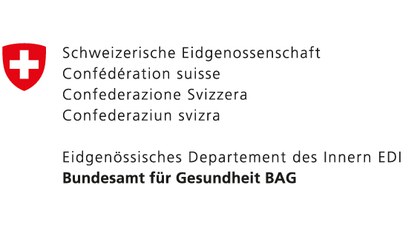Switzerland adopts new disclosure rules for synthetic nanomaterials

Switzerland has adopted new disclosure obligations for some synthetic fibrous or tubular nanomaterials and intermediate chemical products. But it has dropped a proposed update to the definition of nanomaterials after negative feedback from industry.
The revision of the Swiss chemicals Ordinance (ChemO) follows a consultation with stakeholders last year. This led to the Federal Public Health Office (BAG) modifying its proposals to amend the regulation for the notification of nanomaterials.
The final changes were adopted at a meeting of the Federal Council on 31 January. Accordingly, the following substances are to be reported to the product register from 1 March, with a three-month transition period for re-marketing. They are:
- biopersistent nanomaterials in the form of fibres or tubes longer than five micro meters being placed on the market as such. These can cause lesions in the lung when inhaled; and
- intermediates that are commercialised in Switzerland in quantities of 100 kg/year and more.
"Reporting is an easy obligation which has to be fulfilled electronically within three months after first placing on the market," said Olivier Depallens, from BAG's consumer protection directorate. Intermediate products are substances that are manufactured and used exclusively for chemical transformation processes, in which they are changed into one or more other substances. They had been exempt from reporting in Switzerland, but have to be registered under REACH. The public health office says that, "Swiss authorities should at least have the knowledge of the identity of intermediates." This will enable Tox Info Switzerland, the poisoning consultation service, to propose "appropriate measures in case of intoxication", it says.
The draft consultation paper had also included a communication requirement for all nanomaterials, but this, alongside the definition, was withdrawn. Currently only dangerous nanomaterials are subject to disclosure.
Last year's consultation received a torrent of criticism from companies and industry. There was a call for a reduction in the communication requirements and a delay in the definition of nanomaterials to align the Swiss criteria with that of the EU. The European Commission has recently consulted on a revision of the definition, which will enter into force in 2020. The changes adopted in Switzerland refer to phase 1 of the Federal Council's action plan for synthetic nanomaterials. The second phase is expected to take place from 2019 to 2020. It will include the notification of substances not registered under REACH (1t/y or more on the Swiss market). The country's chemicals Ordinance regulates the notification of new substances; identification of SVHCs; and the classification, labelling and safety data sheets of substances and mixtures.
Biocides revisions
The Federal Public Health Office has also revised three Ordinances for the regulation of biocidal products. This is to ensure harmonisation with the EU and mutual recognition of such authorisations.
"The procedures for the evaluation of applications for approval of active substances and Union authorisations, filed in the EU, can be processed by the Swiss evaluation bodies and have been mentioned in the OPBio [one of the biocide Ordinances]," the BAG said. The evaluation procedures have also been set out in the Ordinance on chemical emoluments (OECIM). Other changes include the introduction of the EU criteria for endocrine disruptors in the OPBio, and a new way of publishing lists of active substances through the internet. At the same time, the Federal Department of the Interior (DFI) has amended the enforcement Ordinance on biocidal products in order to bring the "same biocidal products" process in line with developments in the EU, said the BAG. The EU same biocidal products Regulation allows for a simplified authorisation procedure for a "family" of biocidal products. "The aim of the revision is to assure a high level of protection for humans and the environment and to avoid trade barriers," Olivier Depallens said. The Swiss authorities will publish a non-official English version of the revised Ordinances within the next few months, he added.
News article of the common notification authority for chemicals (in German):
https://www.anmeldestelle.admin.ch/chem/de/home/themen/recht-wegleitungen/revisionen-des-chemikalienrechts/aenderungen-chemikalienverordnung-und-biozidprodukteverordnung-2018.html
Source: https://chemicalwatch.com/64002/switzerland-adopts-new-disclosure-rules-for-synthetic-nanomaterials